Audi 2009 Annual Report Download - page 168
Download and view the complete annual report
Please find page 168 of the 2009 Audi annual report below. You can navigate through the pages in the report by either clicking on the pages listed below, or by using the keyword search tool below to find specific information within the annual report.-
 1
1 -
 2
2 -
 3
3 -
 4
4 -
 5
5 -
 6
6 -
 7
7 -
 8
8 -
 9
9 -
 10
10 -
 11
11 -
 12
12 -
 13
13 -
 14
14 -
 15
15 -
 16
16 -
 17
17 -
 18
18 -
 19
19 -
 20
20 -
 21
21 -
 22
22 -
 23
23 -
 24
24 -
 25
25 -
 26
26 -
 27
27 -
 28
28 -
 29
29 -
 30
30 -
 31
31 -
 32
32 -
 33
33 -
 34
34 -
 35
35 -
 36
36 -
 37
37 -
 38
38 -
 39
39 -
 40
40 -
 41
41 -
 42
42 -
 43
43 -
 44
44 -
 45
45 -
 46
46 -
 47
47 -
 48
48 -
 49
49 -
 50
50 -
 51
51 -
 52
52 -
 53
53 -
 54
54 -
 55
55 -
 56
56 -
 57
57 -
 58
58 -
 59
59 -
 60
60 -
 61
61 -
 62
62 -
 63
63 -
 64
64 -
 65
65 -
 66
66 -
 67
67 -
 68
68 -
 69
69 -
 70
70 -
 71
71 -
 72
72 -
 73
73 -
 74
74 -
 75
75 -
 76
76 -
 77
77 -
 78
78 -
 79
79 -
 80
80 -
 81
81 -
 82
82 -
 83
83 -
 84
84 -
 85
85 -
 86
86 -
 87
87 -
 88
88 -
 89
89 -
 90
90 -
 91
91 -
 92
92 -
 93
93 -
 94
94 -
 95
95 -
 96
96 -
 97
97 -
 98
98 -
 99
99 -
 100
100 -
 101
101 -
 102
102 -
 103
103 -
 104
104 -
 105
105 -
 106
106 -
 107
107 -
 108
108 -
 109
109 -
 110
110 -
 111
111 -
 112
112 -
 113
113 -
 114
114 -
 115
115 -
 116
116 -
 117
117 -
 118
118 -
 119
119 -
 120
120 -
 121
121 -
 122
122 -
 123
123 -
 124
124 -
 125
125 -
 126
126 -
 127
127 -
 128
128 -
 129
129 -
 130
130 -
 131
131 -
 132
132 -
 133
133 -
 134
134 -
 135
135 -
 136
136 -
 137
137 -
 138
138 -
 139
139 -
 140
140 -
 141
141 -
 142
142 -
 143
143 -
 144
144 -
 145
145 -
 146
146 -
 147
147 -
 148
148 -
 149
149 -
 150
150 -
 151
151 -
 152
152 -
 153
153 -
 154
154 -
 155
155 -
 156
156 -
 157
157 -
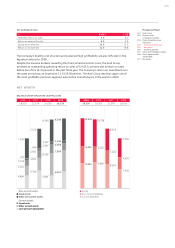 158
158 -
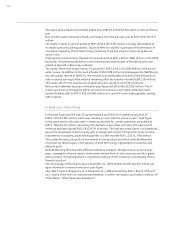 159
159 -
 160
160 -
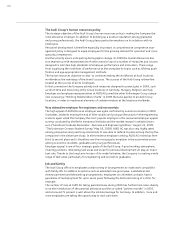 161
161 -
 162
162 -
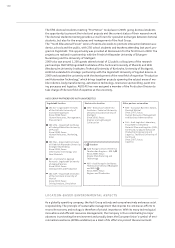 163
163 -
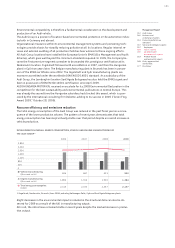 164
164 -
 165
165 -
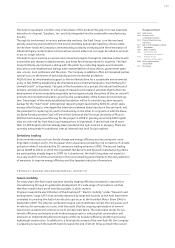 166
166 -
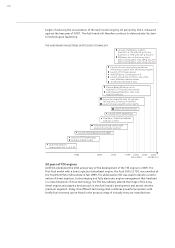 167
167 -
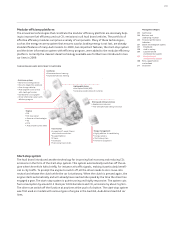 168
168 -
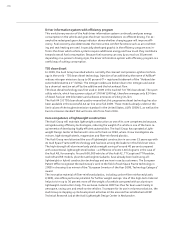 169
169 -
 170
170 -
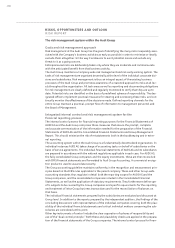 171
171 -
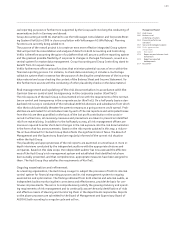 172
172 -
 173
173 -
 174
174 -
 175
175 -
 176
176 -
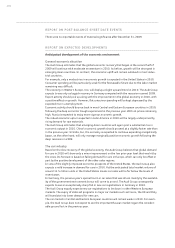 177
177 -
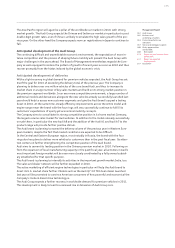 178
178 -
 179
179 -
 180
180 -
 181
181 -
 182
182 -
 183
183 -
 184
184 -
 185
185 -
 186
186 -
 187
187 -
 188
188 -
 189
189 -
 190
190 -
 191
191 -
 192
192 -
 193
193 -
 194
194 -
 195
195 -
 196
196 -
 197
197 -
 198
198 -
 199
199 -
 200
200 -
 201
201 -
 202
202 -
 203
203 -
 204
204 -
 205
205 -
 206
206 -
 207
207 -
 208
208 -
 209
209 -
 210
210 -
 211
211 -
 212
212 -
 213
213 -
 214
214 -
 215
215 -
 216
216 -
 217
217 -
 218
218 -
 219
219 -
 220
220 -
 221
221 -
 222
222 -
 223
223 -
 224
224 -
 225
225 -
 226
226 -
 227
227 -
 228
228 -
 229
229 -
 230
230 -
 231
231 -
 232
232 -
 233
233 -
 234
234 -
 235
235 -
 236
236 -
 237
237 -
 238
238 -
 239
239 -
 240
240 -
 241
241 -
 242
242 -
 243
243 -
 244
244 -
 245
245 -
 246
246 -
 247
247 -
 248
248 -
 249
249 -
 250
250 -
 251
251 -
 252
252
 |
 |

165
Management Report
132 Audi Group
140 Business and
underlying situation
153 Financial performance
indicators
157 Social and ecological aspects
157 Employees
159 Audi in society
160 Location-based
environmental aspects
163 Product-based
environmental aspects
168 Risks, opportunities
and outlook
177 Disclaimer
Modular efficiency platform
The innovative technologies that constitute the modular efficiency platform are decisively help-
ing to improve fuel efficiency and cut CO2 emissions in all Audi brand vehicles. The portfolio of
effective efficiency modules comprises a variety of components. Many of these technologies,
such as the energy recovery system that ensures surplus braking energy is not lost, are already
standard features of many Audi models. In 2009, two important features, the start-stop system
and the driver information system with efficiency program, were added to the modular efficiency
platform. Currently the cleanest diesel technology available was furthermore introduced in two
car lines in 2009.
THE MODULAR AUDI EFFICIENCY PLATFORM
Start-stop system
The Audi brand introduced another technology for improving fuel economy and reducing CO2
emissions in the form of the start-stop system. This system automatically switches off the en-
gine when the vehicle halts briefly, for instance at traffic signals, making it particularly benefi-
cial in city traffic. To prompt the engine to switch off, all the driver needs to do is move into
neutral and release the clutch while the car is stationary. When the clutch is pressed again, the
engine starts automatically and will already have reached idle speed by the time the driver has
engaged a gear. The start-stop system is quiet-running and highly responsive. The system cuts
fuel consumption by around 0.2 liters per 100 kilometers and CO2 emissions by about 5 g/km.
The driver can switch off the function at any time at the push of a button. The start-stop system
was first used on models with various types of engine in the Audi A3, Audi A4 and Audi A5 car
lines.
Assistance systems
Economical route guidance
Dynamic congestion avoidance
Gear-change indicator
Audi adaptive cruise control
with stop & go function
LED daytime running lights
Driver information system with
efficiency program
Ancillaries
Electromechanical steering
Improved hydraulic steering
Lightweight design
Audi Space Frame (ASF)
Innovative combinations of materials
Driving and rolling resistance
Aerodynamic measures
Tires with optimized rolling resistance
Engines
TDI
TDI clean diesel
Common rail technologies
FSI
TFSI
Audi valvelift system (AVS)
Transmission
6-speed and 7-speed S tronic
dual-clutch transmission
8-speed tiptronic
R tronic
multitronic
Fuel-saving transmission
Energy management
Highly efficient air conditioning
Energy recovery
Start-stop system
Thermo-management
